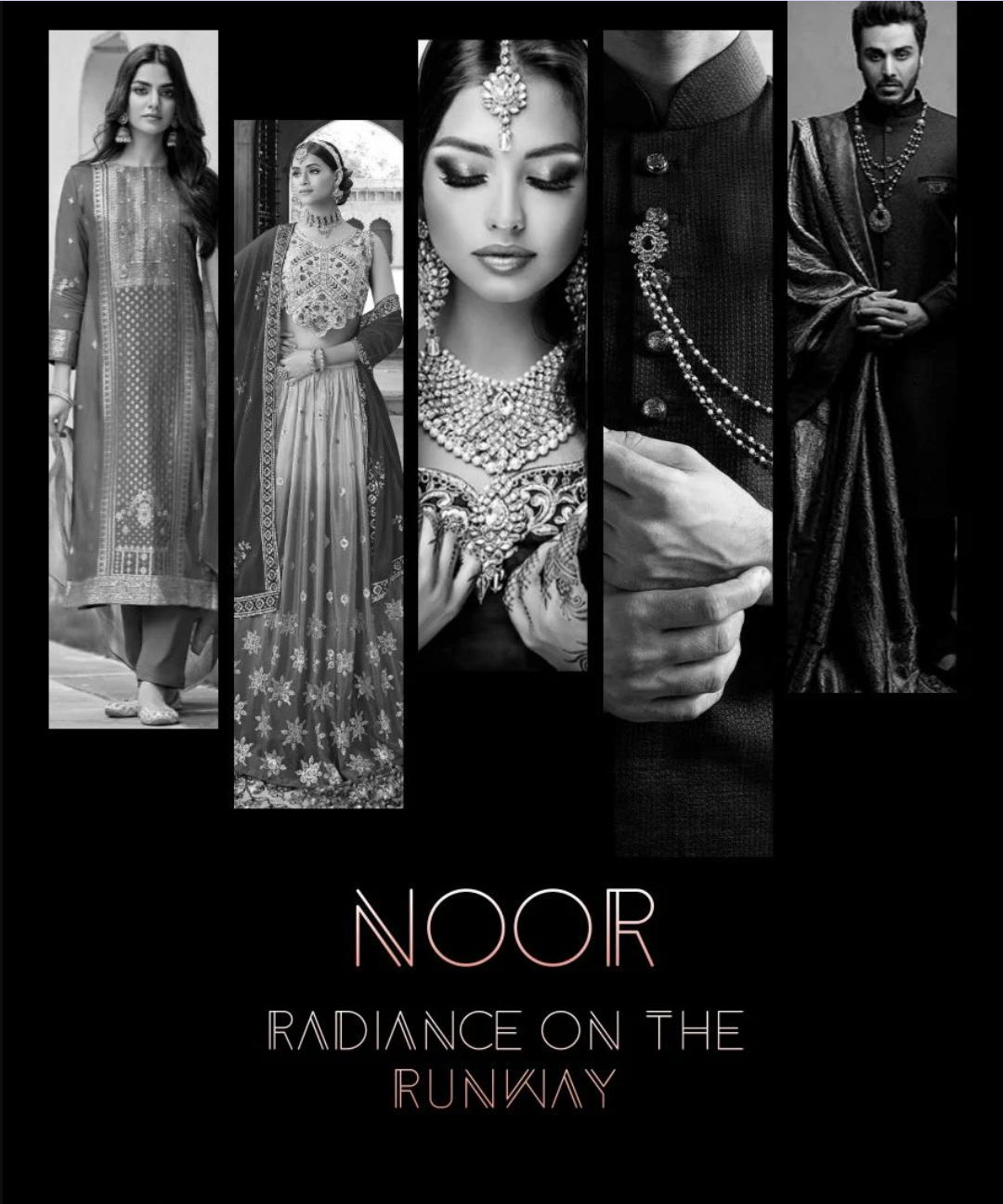The South Asian Student Association brought style to the University of Rhode Island community on Sunday with their first ever fashion show, “Noor: Radiance on the Runway.”
The show, attended by both students and families, highlighted themes of diversity, sustainability and artistry. Over 40 looks were showcased by the club’s members, culminating in three sections. The outfits were representative of South Asian countries including Afghanistan, Pakistan, India, Nepal, Bangladesh, Sri Lanka and Bhutan.
Pieces used in the show were owned by either students or their parents, according to SASA President Argha Goswami.
“This approach not only imbued the show with a sense of authenticity, but also honored the cherished cultural heritage embedded in each piece,” Goswami said.
The first section was composed of traditional garments. Seven saris (embroidered drapes that range from five to seven feet long) were showcased, representing different countries’ interpretations. The saris were worn with simple tops to accentuate the embroidery, paired with headpieces made of gold and pearls.
Menswear in the traditional section consisted of jewel tones. The models incorporated pieces of their own individual style as they walked the red carpet runway, the men opting for sunglasses.
The wedding section came second, showcasing looks for brides, grooms and wedding parties. Models danced down the catwalk and performed traditional and modern wedding dances that simulated a traditional South Asian wedding.
Bridal looks featured fuller skirts, beadwork and several paired complimentary colors with the groom’s outfits. The audience shared in the festivities, clapping along with the music and cheering for the models’ dance routines.
The third and final section was a hybrid of traditional western and South Asian fashions. Popular with South Asian youth and in workplaces, the fusion was a result of colonizers exiting South Asian territories in the 1960s, according to SASA Treasurer Sanah Feroz.
Feroz curated the final section herself, hand selecting the 11 looks showcased.
“Having models who were creative in their own way was a blessing in disguise,” Feroz said.
Traditional garments from earlier in the show were paired with items in the models’ own closets. Models wore flared jeans and claw clips representative of 2020’s western fashion alongside sari drapes and traditional gold accessories.
Men paired hoodies with bottoms featured earlier in the show and the sunglasses returned for a final dance break.
“As someone who loves a good dance moment, I knew this section [despite its lack of relation to dancing] needed to have some good moves,” Feroz said.
Feroz herself wore an authentic Pashmina shawl from India, styled as a hijab to symbolize the Kashmiri people (Muslims of South Asian descent) in the final section.
Having the ability to model pieces from their own specific heritage was an honor, Goswami said. Her favorite piece was the Sador Mekhela in the traditional section. The Muga silk used is exclusive to the northeastern state of Assam, India.
“As an Assamese person, it felt nice to be able to showcase something that wasn’t mainstream,” Goswami said.
SASA has been active since 2021, and more information can be found on their Instagram: @sasa_uri.





